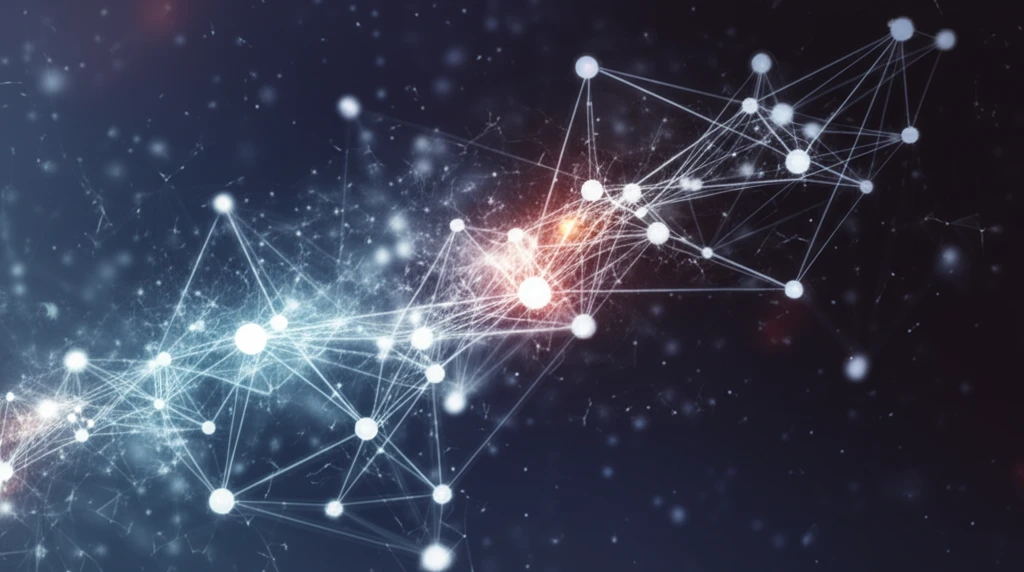
Unlock Your Identity: How AI-Powered Signature Recognition is Changing Security
"Explore the cutting-edge world of online signature recognition using neural networks and discover how it's revolutionizing authentication and fraud prevention."
In an increasingly digital world, securing our identities and transactions has become paramount. Traditional methods like passwords and PINs, once the stalwarts of authentication, are now proving inadequate against sophisticated cyber threats. This is where the innovative field of online signature recognition steps in, offering a blend of security and convenience that's hard to match.
Imagine a system that recognizes you not just by what you know (like a password), but by how you sign your name. This is the promise of signature recognition technology, which analyzes the unique dynamics of your signature – the speed, pressure, and rhythm – to verify your identity. Unlike static images of signatures, this method captures the subtle, unconscious movements that are nearly impossible to replicate, making it a robust defense against forgery.
At the heart of this technology lies the power of neural networks, a type of artificial intelligence that excels at pattern recognition. By training these networks on vast datasets of genuine and forged signatures, researchers are developing systems that can accurately distinguish between the real deal and fraudulent attempts. This article delves into the fascinating world of online signature recognition, exploring its underlying principles, potential applications, and the challenges that lie ahead.
How Does AI Recognize Your Signature?

The process begins with capturing a signature using a digital device, such as a tablet or smartphone. This isn't just about recording the visual image of your signature; it's about capturing the dynamic data associated with the signing process. Think of it as recording a video of your signature being created, rather than just taking a snapshot.
- X and Y Coordinates: The precise location of the pen or stylus as it moves across the signing surface.
- Time Stamps: The exact time at which each point in the signature is recorded, capturing the speed and rhythm of the signing process.
- Pressure: The amount of force applied to the signing surface, reflecting the user's writing style.
- Pen Up/Down Status: Indicates when the pen is in contact with the surface and when it's lifted, capturing the pauses and breaks in the signature.
The Future of Authentication is Here
Online signature recognition, powered by neural networks, represents a significant step forward in the quest for secure and user-friendly authentication methods. While challenges remain, the potential benefits of this technology are undeniable. As AI continues to evolve, we can expect even more sophisticated and reliable signature recognition systems to emerge, paving the way for a future where your signature is your strongest password.
